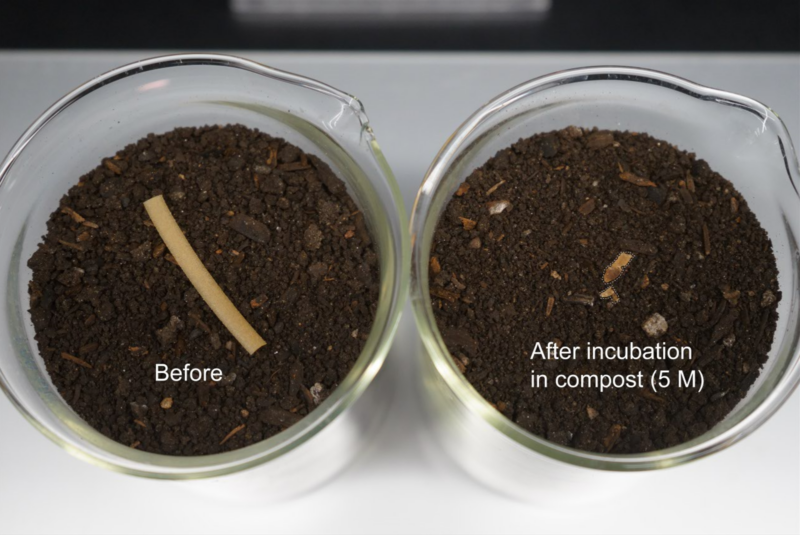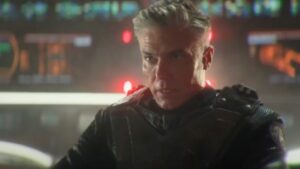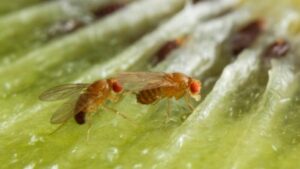Researchers make a plastic that includes bacteria that can digest it

Enlarge (credit: Han Sol Kim)
One reason plastic waste persists in the environment is because there’s not much that can eat it. The chemical structure of most polymers is stable and different enough from existing food sources that bacteria didn’t have enzymes that could digest them. Evolution has started to change that situation, though, and a number of strains have been identified that can digest some common plastics.
An international team of researchers has decided to take advantage of those strains and bundle plastic-eating bacteria into the plastic. To keep them from eating it while it’s in use, the bacteria is mixed in as inactive spores that should (mostly—more on this below) only start digesting the plastic once it’s released into the environment. To get this to work, the researchers had to evolve a bacterial strain that could tolerate the manufacturing process. It turns out that the evolved bacteria made the plastic even stronger.
Bacteria meet plastics
Plastics are formed of polymers, long chains of identical molecules linked together by chemical bonds. While they can be broken down chemically, the process is often energy-intensive and doesn’t leave useful chemicals behind. One alternative is to get bacteria to do it for us. If they’ve got an enzyme that breaks the chemical bonds of a polymer, they can often use the resulting small molecules as an energy source.




